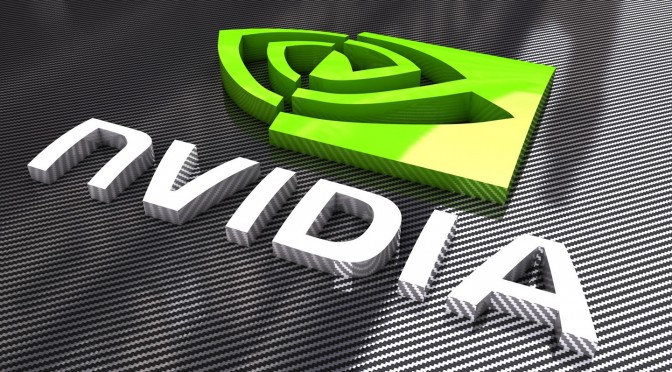Buying a GTX 1650 GPU these days is like having a Silicon Lottery. Currently there are 4 variants of this graphics chip from Nvidia. If you don’t look closely at the manufacturer’s specifications, then you may end up buying a wrong SKU.
The original GeForce GTX 1650 GPU rocked the TU117 silicon, and the GPU’s 896 CUDA cores were attached to 4GB of 8Gbps GDDR5 memory on a 128-bit memory interface bus. After a year later, Nvidia rolled out the same card having a GDDR6 Memory type, and this variant came with a faster 12Gbps GDDR6 memory, which actually allowed the graphics card to deliver up to 50% higher memory bandwidth, despite lower clock speeds. The GDDR6 upgrade boosted the performance up to 10-15% over the vanilla GTX 1650 GDDR5 SKU.
After that two more new variants were found in AIDA64’s release notes, the GeForce GTX 1650 TU116 and GeForce GTX 1650 TU106 respectively, both having the GDDR6 memory type. The suffix indicates the type of silicon die being used, which is either TU116 or TU106. Both cards rock 896 Shading units or CUDA cores. The TU116 die is the same as found in other GTX 16-series SKUs, including the GTX 1650 Super, GTX 1660, GTX 1660 Super and GTX 1660 Ti. The TU106 die, on the other hand is present inside the GeForce RTX 20-series cards, such as the GeForce RTX 2060, RTX 2060 Super and RTX 2070.
But unlike the TU116 and TU117, the TU106 die comes with Nvidia’s TENSOR and RT cores. Now, renowned hardware leaker @momomo_us has discovered that Nvidia has updated the GeForce GTX 1650 GDDR6’s product page to reflect the new variants. While the specifications/performance remains the same, the die dictates the version of Nvidia’s NVENC encoder.
One of the biggest issues about the GTX 1650 is that, despite being a Turing graphics card, it comes with the old ‘Volta encoder’. According to the GTX 1650 GDDR6’s product page, the TU117 SKU still comes with the old Volta encoder. The TU106 and TU116 SKU variants on the other hand use the more recent Turing encoder. Therefore, you should consult with the manufacturer for information on which die their graphics card is using.
Nvidia previously announced on Twitter that the Volta NVENC encoder performs similarly to the Pascal encoder, so quality is comparable. The Turing NVENC encoder, however, is up to 15% more efficient and comes with features to avoid artifacting, that aren’t present in the previous encoder.
Most of the custom Graphics card vendors don’t typically specify the type of die that is being used in the graphics card chip. However, the AIBs should indicate this if the GeForce GTX 1650 GDDR6 has the Turing or Volta encoder. For example, vendor Gigabyte does so with the GeForce GTX 1650 D6 WindForce OC 4G (rev. 2.0) card.
So, there you have it. Not every GTX 1650 GDDR6 is the same. If Turing encoder is important to you, then make sure to drop by the graphic card’s product page first. So finally we have four variants of the GTX 1650, which can also get confusing in the end. The end user or gamer needs to be aware of the specs before buying, but everyone is not that tech-savvy, so they might end up buying a wrong card/SKU in the end.
Hello, my name is NICK Richardson. I’m an avid PC and tech fan since the good old days of RIVA TNT2, and 3DFX interactive “Voodoo” gaming cards. I love playing mostly First-person shooters, and I’m a die-hard fan of this FPS genre, since the good ‘old Doom and Wolfenstein days.
MUSIC has always been my passion/roots, but I started gaming “casually” when I was young on Nvidia’s GeForce3 series of cards. I’m by no means an avid or a hardcore gamer though, but I just love stuff related to the PC, Games, and technology in general. I’ve been involved with many indie Metal bands worldwide, and have helped them promote their albums in record labels. I’m a very broad-minded down to earth guy. MUSIC is my inner expression, and soul.
Contact: Email

